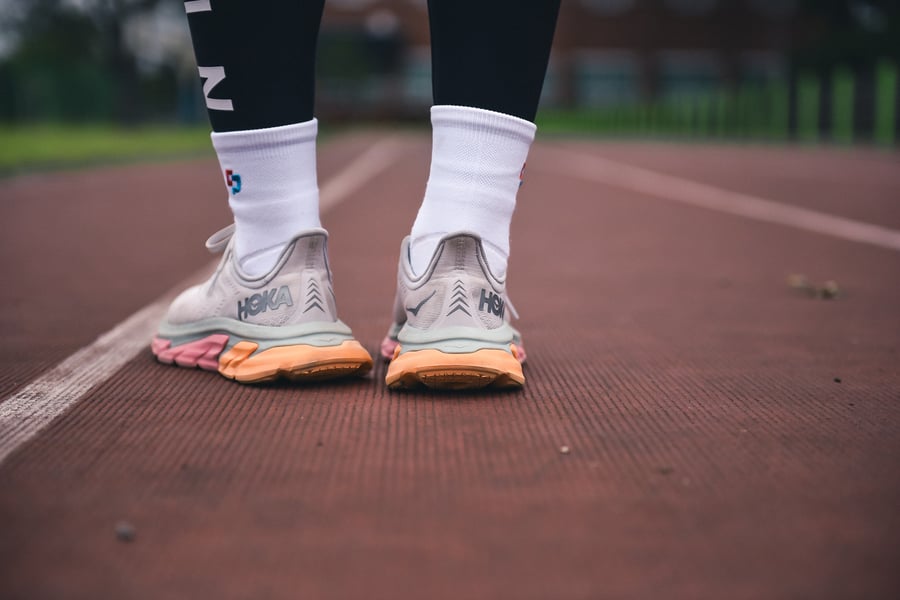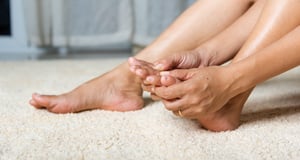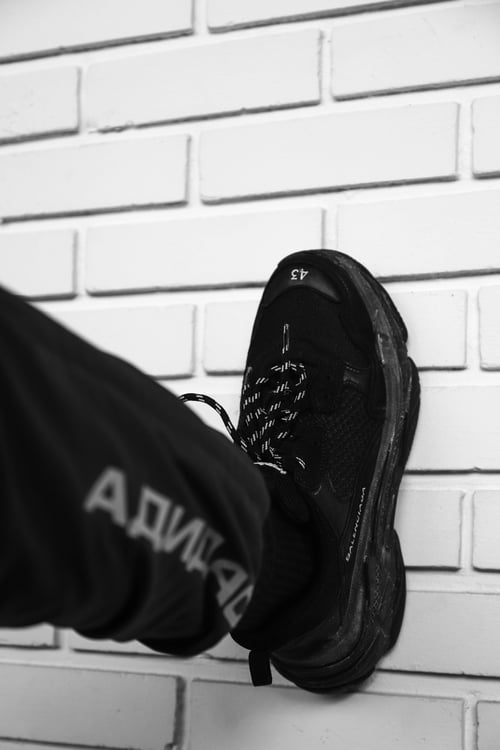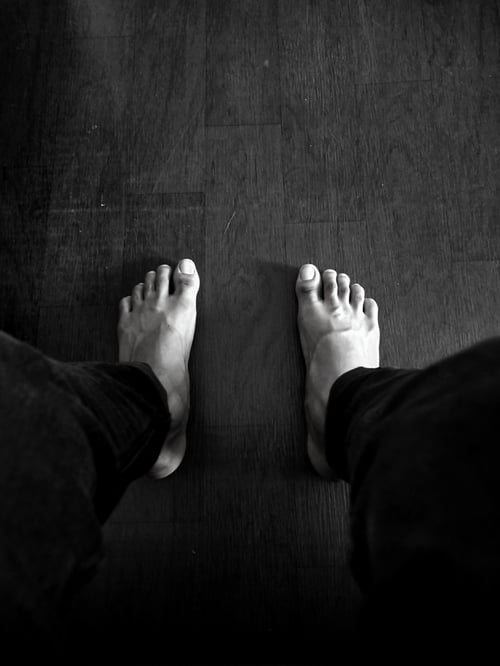
If you’ve ever had athlete’s foot, you know that it’s not pleasant. Athlete’s foot is uncomfortable, unsightly and sometimes even painful. In extreme situations, athlete’s foot can even prevent you from doing your normal activities, like walking, standing all day at work or participating in family and pastime hobbies. If you have athlete’s foot, you may want to consult with a foot and ankle specialist. In the meantime, here’s what you need to know about athlete’s foot.
What Causes Athlete’s Foot?
Athlete’s foot is caused by a fungal growth. Although that sounds quite grim, you should know that athlete’s foot is caused by the same kind of fungus that causes ringworm and jock itch. As with both of those conditions, athlete’s foot is treatable. The causes of athlete’s foot include exposure to infected shower floors, gym floors, towels, socks and shoes.
Even with exposure though, the conditions have to be right for athlete’s foot fungus to survive and thrive. The fungus responsible for athlete’s foot likes damp, warm and dark conditions. These are the same conditions that your feet are in when you exercise and are wearing sweaty socks. You can see now why it’s called athlete’s foot, right?
What Are The Symptoms of Athlete’s Foot?
The symptoms of athlete’s foot are mostly pretty mild. They include redness, rash, itching and irritation. You may also see shedding of the skin, particularly in between the toes, where athlete’s foot is likely to thrive. Other, more uncomfortable symptoms include scaly skin, stinging or burning sensation of the skin, extreme tenderness, blisters and discolored or cracked toenails.
Symptoms of athlete’s foot can be greatly exacerbated if you have an underlying condition such as diabetes. If you have the more serious symptoms of athlete’s foot, you should certainly consult with a foot and ankle specialist for treatment.
How to Treat Athlete’s Foot
If your case of athlete’s foot is mild, you may be able to treat it at home. You could try some over the counter remedies, as well as soaking feet in Epsom salts and dousing with talc. In more advanced cases where there is danger of infection, your foot and ankle specialist may order skin tests to confirm what’s actually going on. You may also be supplied with a prescription for more potent medications to stop the case of athlete’s foot from advancing.
Preventing Athlete’s Foot in the Future
There are certain steps you can take to prevent athlete’s foot in the future, too. Whenever possible, wear dry socks. If your socks become damp with use, change them, even if it’s in the middle of an athletic event or at home. Before donning socks, sprinkle talc on your feet, paying special attention to the areas between toes. Avoid going barefoot in the shower, especially in public places like gyms. Invest in some shower shoes and house slippers and never share your shoes with anyone, including your kids.
If you need any more information about athlete’s foot, please feel free to contact us. We’re also happy to take a careful look at any foot or ankle condition that you have going on, or to answer questions about foot and ankle issues.






